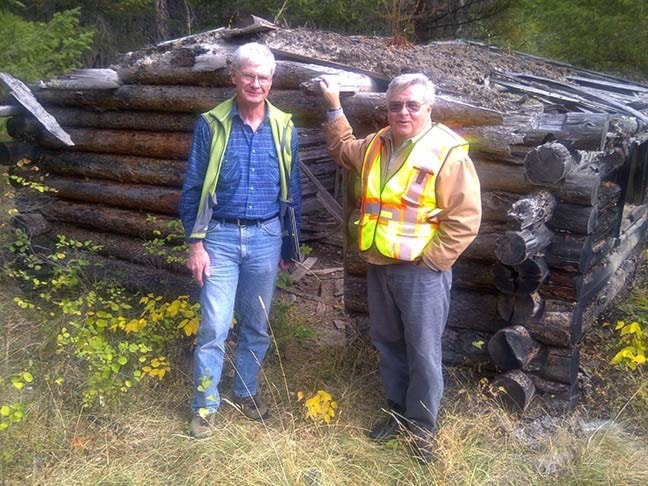CAROLYN GRANT
A couple of familiar names have returned to the local mineral exploration scene. Scott Broughton and geologist Paul Ransom, whom many will remember from the Sullivan Deeps Project several years ago, are now involved in a project to drill a deep test hole to explore a "large gravity anomaly" near Fort Steele.
Broughton was recently apointed CEO of a company called Santa Fe Minerals which now has an option to acquire all the issued and outstanding shares of Gravitas, a private British Columbia company, which holds the target property. Broughton holds 1.2 million shares of Gravitas and abstained from the Santa Fe board vote. In order for Gravitas to earn its 80 per cent interest in the Sully property, Gravitas must incur a total of $3 million in exploration expenditures by Oct. 21, 2015, and issue $1.41 million in cash or shares to the underlying property vendors by Oct. 21, 2016.
The Sully property, 1, 375 hectares located 27 kilometres east of Kimberley near Fort Steele, has been drilled before, most recently by Omineca Mining and Metals, a junior company managed by the Eagle Plains team.
"Omineca drilled a hole in 2012 that deviated wildly from the Sully target it was trying to hit, and then they lost their enthusiasm for spending more money on it," Broughton said. "It has taken me many presentations and conversations to get it back to being active again, this time under option to a company called Santa Fe Metals.
"The 2012 drill hole completely missed the target because it deviated significantly (drill holes can be like spaghetti with surprising trajectories through the rock mass), and this time we will use the knowledge of how drill holes preferentially deviate at this site to 'aim' the new hole to the target. Kind of like aiming a rifle to account for cross-winds etc."
The Sully property contains a large gravity anomaly (meaning thousands of measurement of the gravitational influence in the area have been modelled), new geological mapping, and other geophysical interpretations suggest that something very large and heavy (like lead-rich massive sulphides) is buried at around a 1,000m depth, he says.
"There is no way to know positively or accurately what exactly it is that has created this gravity anomaly, just that it is difficult to discount and that one of the best-fit interpretations is to consider something the size and mass of a Sullivan-type deposit causing the change in the gravity readings measured there.
"So, like our past experiences in this kind of 'blind' exploration, we need to complete drill tests to recover core to ascertain exactly what it is — there might well be something that has no or limited economic significance or there might be another large-scale lead-zinc-silver deposit, and we are in the neighbourhood for that!"
Drilling is scheduled to begin this week.
